Q&A: What’s Driving North Texas Industrial Demand?
Holt Lunsford Commercial's Canon Shoults on why this region is an outperformer.

After years of accelerated expansion, the U.S. industrial sector is now moving toward a more sustainable growth pace. Although the macroeconomic context could pose challenges, specific markets will likely continue to outperform.
One such market is Dallas-Fort Worth, which had 18.9 million square feet of industrial space underway as of December, second only to Phoenix with 22.4 million square feet under construction, a recent CommercialEdge report shows.
The metro was also among the country’s top markets for industrial deliveries in 2024. Demand for such assets in North Texas is mainly supported by the surge in population, steady job creation and the more affordable cost of living compared to other parts of the country.
Commercial real estate investment and development firm Holt Lunsford Commercial has been active in this area since 1993. Recently, the company completed Gateway Crossing Logistics Park, a 127-acre project in Forney, Texas, developed in partnership with Principal Asset Management. The three-building campus encompasses almost 1.8 million square feet of leasable space. Commercial Property Executive asked Managing Principal Canon Shoults his views on the prospects for industrial in north Texas.
READ ALSO: Industrial Real Estate’s Future Depends on Adaptability
How is the demand for industrial properties in Dallas-Fort Worth reflected in your portfolio?
Shoults: The growth of Holt Lunsford Commercial’s Dallas-Fort Worth industrial leasing and property management business has been lockstep with the surge in the industrial market here. Since 2020, the asset class as a whole has been the benefactor of the perfect storm in the North Texas area. The region is also strategically located to service several parts of the U.S., which is only compounded with our major international airport and multiple intermodal rail locations for both BNSF and Union Pacific.
Which submarkets in the area are currently more in demand and why?
Shoults: North Fort Worth and South Dallas represent the two submarkets with the majority of the bulk product. Subsequently, these two submarkets represented almost 70 percent of the overall market-wide lease absorption. Both offer access to key distribution routes, labor markets and rail intermodals. While still a very healthy overall industrial market, 2024 saw a decline in market-wide leasing activity. Much of this situation can be attributed to tenant uncertainty throughout the year related to the presidential election and interest rates.

Considering the current economic climate, how do you expect the industrial market in north Texas to evolve?
Shoults: Forecasting into 2025, we expect the overall Dallas-Fort Worth industrial market to remain in demand, albeit at historical norms rather than unprecedented growth. However, rent growth is expected to slow or stall in some pockets due to current vacancy from recent deliveries. Manufacturing tenants, foreign companies and 3PL users will continue to be among the key drivers of absorption, as the region’s strategic location and transportation infrastructure continue to attract a diverse mix of businesses.
Despite the pre-COVID-19 normalization, we expect the region to outperform other parts of the country in 2025 as it continues to be the biggest benefactor of population growth, a favorable business climate and large-scale relocation efforts into the market.
What do prospective tenants look for when they choose to lease space at industrial facilities?
Shoults: In today’s market, understanding the tenant’s requirements is a must. This includes understanding their power needs, clear height, racking, office finish and parking needs.
For example, the Dallas-Fort Worth market is attracting more manufacturing-oriented tenants that need heavy power. There are important time and cost factors to discuss in those cases. In 2025, there will be increased demand from foreign companies and manufacturers. Tenants will continue to value Dallas-Fort Worth’s robust workforce availability and labor pools.
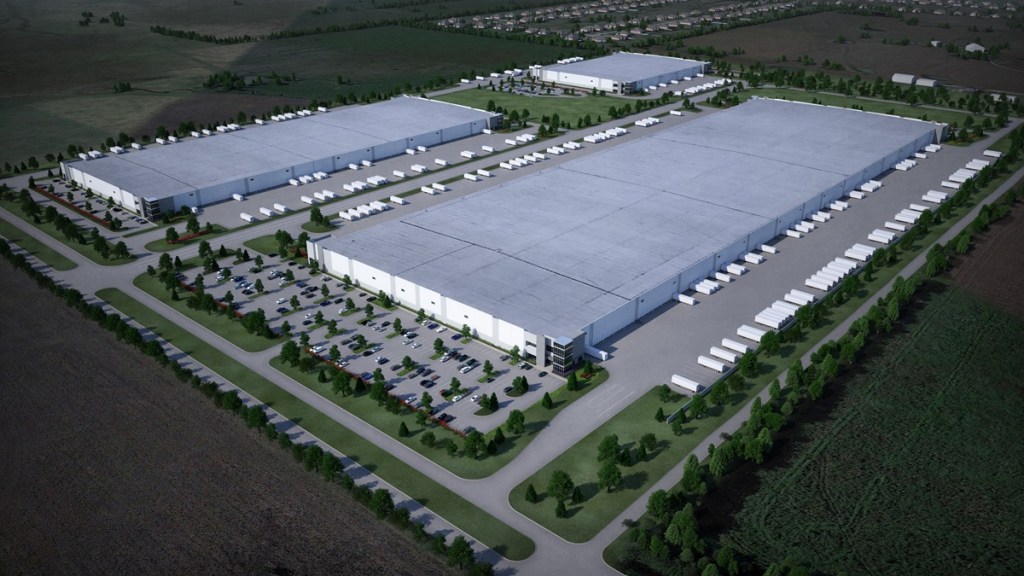
Tell us more about the industrial portfolio you manage and the ways you differentiate your properties in this competitive market.
Shoults: My team operates with a unique service philosophy that we’ve coined as our “10 Commandments of Industrial Leasing.” These principles guide every decision and help us create value for our clients. These “commandments” anchor how we operate and cover everything from how to make a standout first impression to what meaningful client follow-up looks like.
Another principle we follow is to ask thoughtful questions. We dig deep to understand the tenant’s needs and to thoughtfully sell the space. One of those key questions is: What are the drivers in selecting the right location? Details matter when helping a prospective tenant envision their future in your space. Understanding the details allows a brokerage team to maximize the value of the listing and formulate the best recommendation for the building owner for a shot at winning the deal.
READ ALSO: Dallas Industrial Sales Take the Lead
How do you plan to expand your industrial footprint?
Shoults: HLC is doubling down on our relationships with key institutional owners. There is no shortage of institutional capital in today’s market, and the provider that can best service the market and create opportunities for the capital will continue to experience growth.
Development opportunities will continue to drive our business and identifying growing areas to build more industrial product is a priority. Additionally, identifying development opportunities allows us to partner with our clients and provide them opportunities to also expand their footprints.
What’s your outlook on the industrial sector for 2025 and beyond? Are there any emerging trends you’re keeping an eye on?
Shoults: As the Dallas-Fort Worth industrial market continues to evolve, we are seeing tenant needs and profiles change. Our market is evolving to attract more manufacturing uses and growing beyond just a distribution market. This also means that tenant needs are changing and in the coming years we anticipate access to power and fully climate-controlled facilities. A focus on functional industrial facilities will become a key factor when a tenant identifies a new facility.


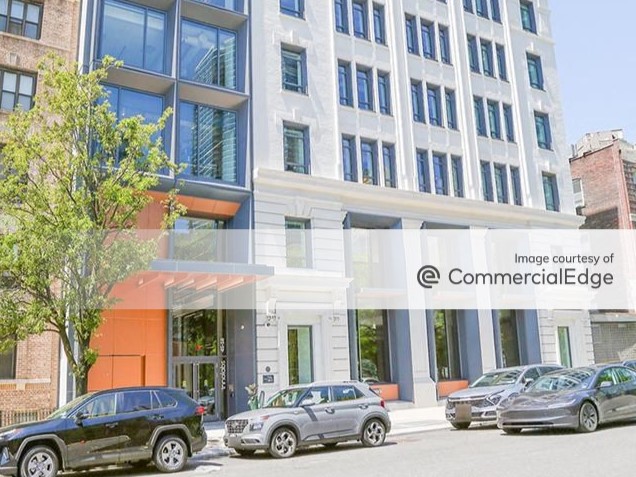
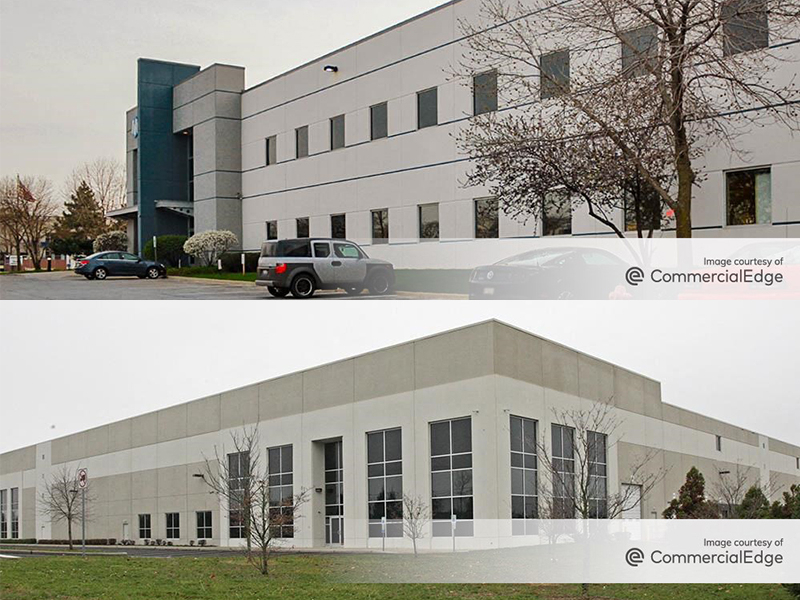
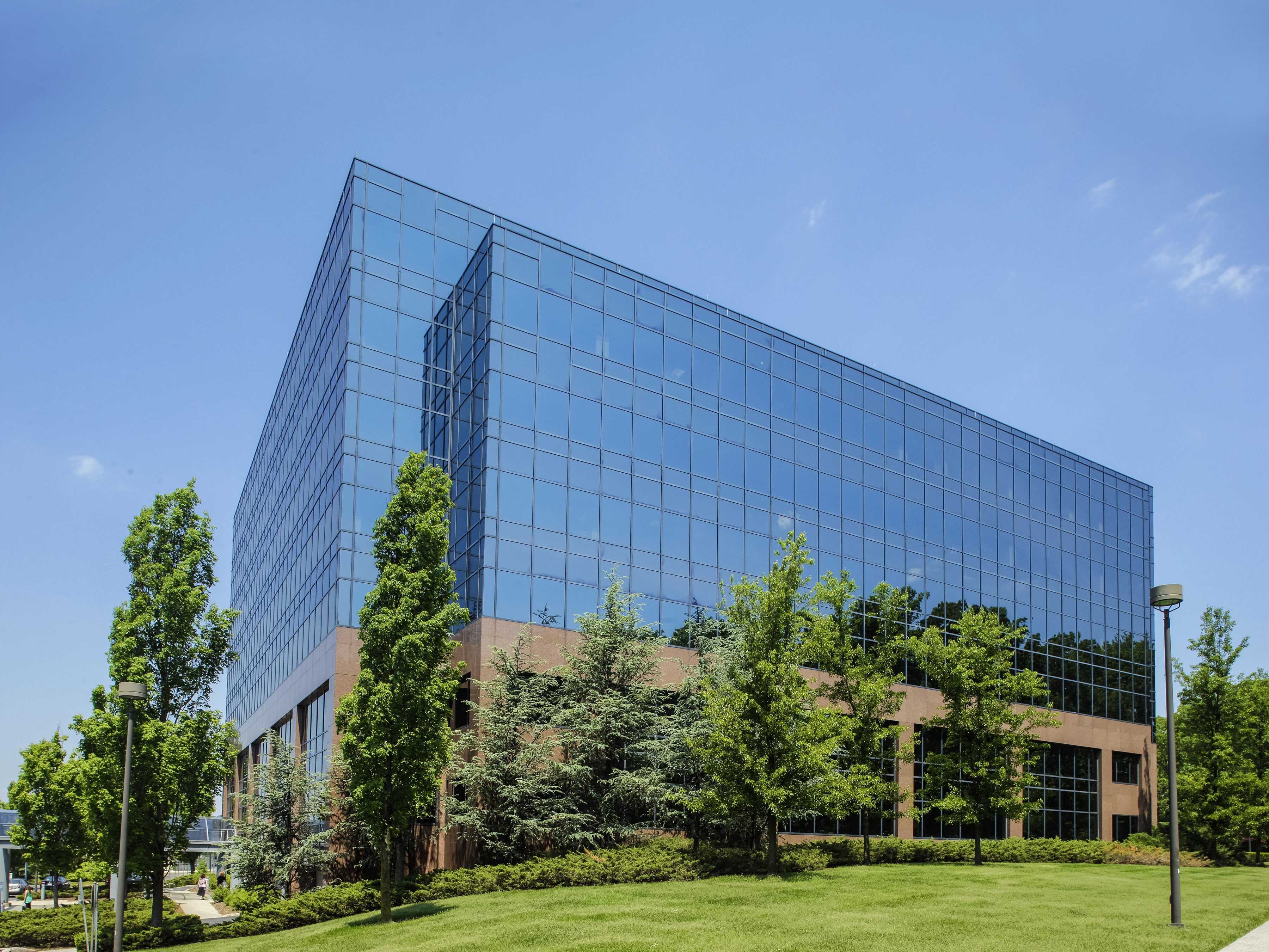
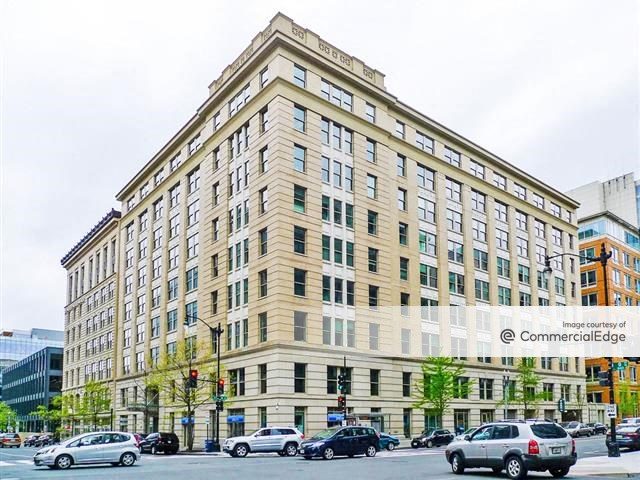

You must be logged in to post a comment.